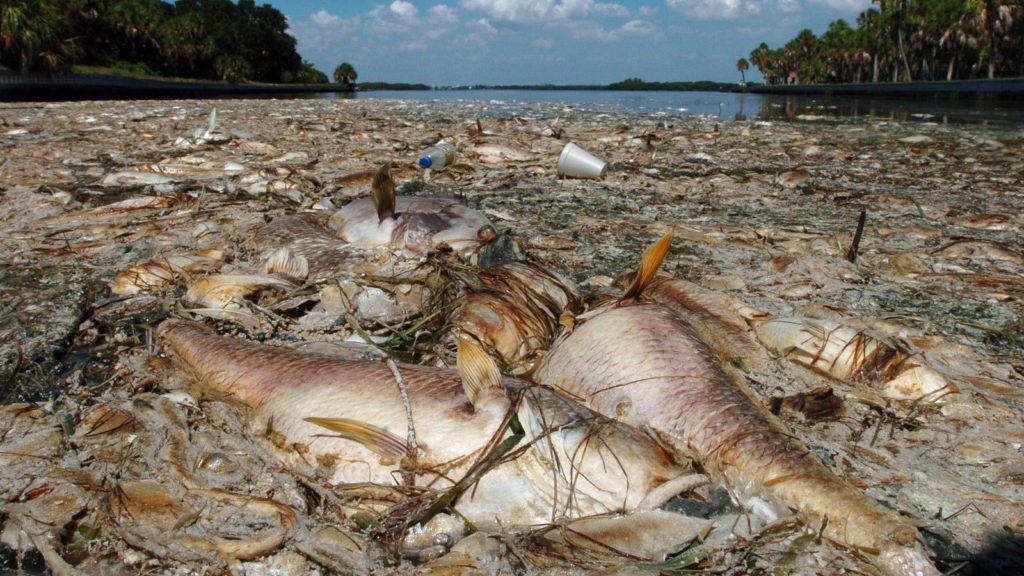
Hurricane ratings are often top of mind come summertime in Florida, and a first-of-its-kind scale will take a similar approach in advising beachgoers whether visiting a beach on a beautiful sunny day will be safe or not.
Frequent occurrences of red tides, also referred to as harmful algal blooms (HAB), have created a national concern because they affect not only the health of the ecosystems and the people near them but also local economies. In an effort to better inform the public, researchers are taking water samples that date back 60 years to develop an index that will rank red tide blooms along Florida’s Gulf Coast, one of the most impacted parts of the country.
According to the National Oceanic and Atmospheric Administration (NOAA), HABs occur when colonies of algae, which are just simple plants that live in the sea as well as bodies of freshwater like the Great Lakes, grow out of control while producing toxic or harmful effects on people, shellfish, fish, marine mammals and birds. The toxins make the surrounding air difficult to breathe, and as the name suggests, the bloom often turns the water red. Though rare, human illnesses caused by HABs can be debilitating or even fatal.
“The red tide is caused by a microorganism algal that’s in the Gulf of Mexico, and it produced a toxin that can become an aerosol,” Rick Stumpf, an oceanographer for NOAA told AccuWeather National Reporter Bill Wadell in an interview. “In my experience, [when] I’m out on the beach in a red tide and the wind’s blowing onshore, I feel like I’ve come down with a cold.”
A dedicated group of volunteers that had asthma worked with the Gulf of Mexico Coastal Ocean Observing System for 10 years, and the research from the group’s data showed that even after a one-hour walk on the beach during a red tide event, they had shortness of breath, wheezing and chest tightness. This research proved that toxins released from the red tide weren’t just upper airway irritants but instead were going into people’s lungs and harming them.
CLICK HERE FOR THE FREE ACCUWEATHER APP
“The state of Florida has actually been collecting data on the concentration of red tide for 60 years, and in this effort, what we did was take this data and put it together in a way to assess how severe the blooms are each year,” said Stumpf. “We’ve assessed it based on the amount of [coastline] in southwest Florida that was covered by a bloom each month and the months for the year.”






